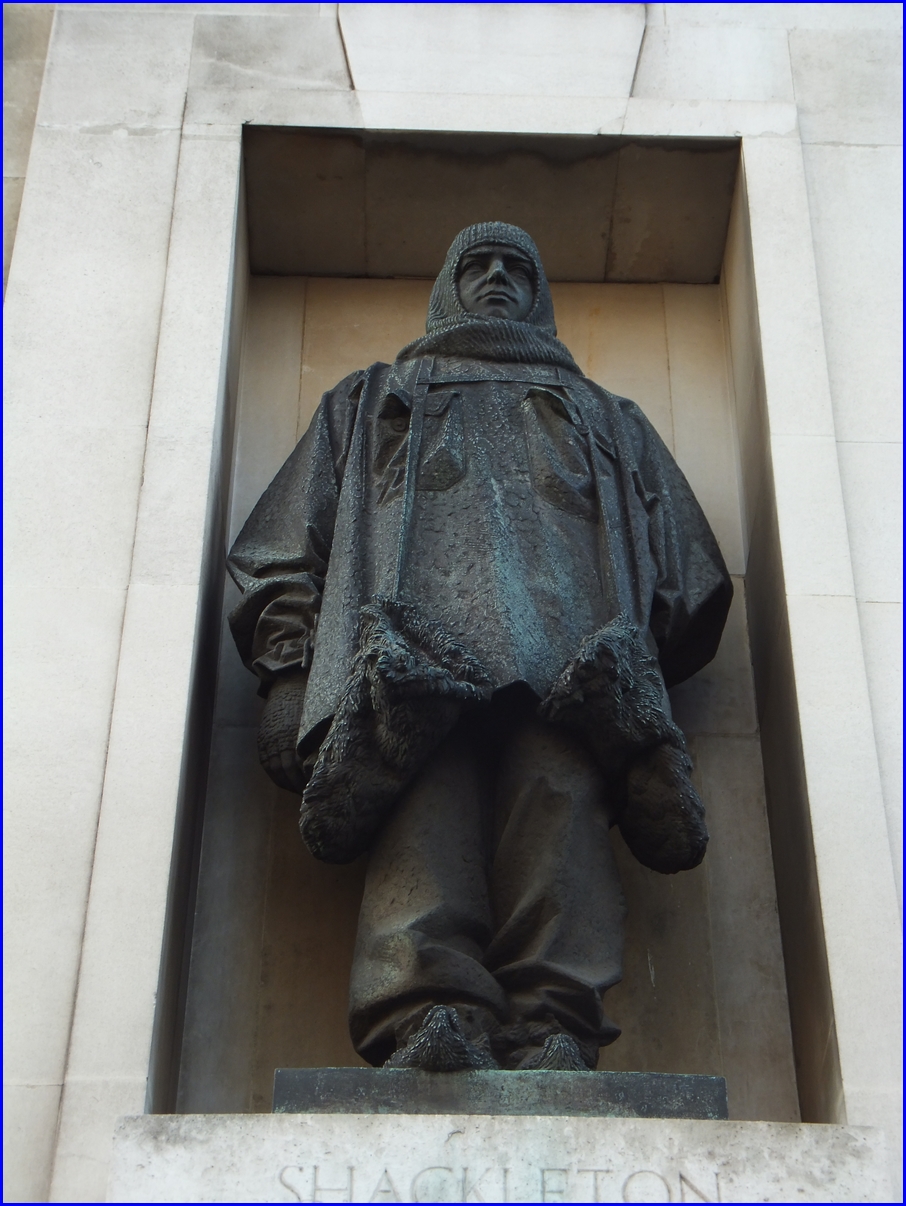 Sir Ernest Henry Shackleton was an Irish-born British explorer who was a principal figure of the period known as the Heroic Age of Antarctic Exploration.
Sir Ernest Henry Shackleton was an Irish-born British explorer who was a principal figure of the period known as the Heroic Age of Antarctic Exploration.
Synopsis
Sir Ernest Henry Shackleton was a British explorer who in 1901 joined an expedition to the Antarctic. He was sent home early due to bad health. Devoted to creating a legacy, he led the Trans-Antarctic Expedition. Disaster struck when his ship, the Endurance, was crushed by ice. He and his crew drifted on sheets of ice for months until they reached Elephant Island. Shackleton eventually rescued his crew, all of whom survived the ordeal. He later died while setting out on another Antarctic expedition.
Early Career
Explorer. Ernest Henry Shackleton was born February 15, 1874, in County Kildare, Ireland. The second of 10 children and oldest son, he was raised in London, where his family moved when Shackleton was a young boy.
Despite the urging of his father, a doctor, that he follow in his footsteps and go to medical school, the 16-year-old Shackleton joined the merchant navy, achieving the rank of first mate by the age of 18, and becoming a certified master mariner six years later.
Those early years in the merchant navy saw Shackleton travel extensively. In 1901 he joined noted British naval officer and explorer Robert Falcon Scott on a difficult trek to the South Pole that placed the two men, plus one other, closer to the pole than anyone else previously. The trip, however, ended poorly for Shackleton, who fell seriously ill and had to return home.
His return to England led Shackleton to pursue a career in journalism; later he was tapped to be secretary to the Scottish Geographical Society. He also made an unsuccessful attempt at becoming a member of Parliament.
The Endurance
 Shackleton's South Pole expedition with Scott sparked within the young explorer an obsession to reach the Antarctic. In 1907 he made another attempt at achieving his goal, but again he fell short, coming within 97 miles of the pole before brutal conditions forced him to turn back.
Shackleton's South Pole expedition with Scott sparked within the young explorer an obsession to reach the Antarctic. In 1907 he made another attempt at achieving his goal, but again he fell short, coming within 97 miles of the pole before brutal conditions forced him to turn back.
In 1911, Shackleton's dream of becoming the first person to set foot on the South Pole was shattered, when Norwegian explorer Roald Amundsen reached the earth's most southerly point. The achievement forced Shackleton to set his sights on a new mark: crossing Antarctica via the South Pole.
On August 1, 1914, the same day Germany declared war on Russia, Shackleton departed London on the ship Endurance for his third trip to the South Pole. By late fall the crew had reached South Georgia in the southern Atlantic. On December 5, the team departed the island, the last time Shackleton and his men would touch land for an astonishing 497 days.
In January 1915, the Endurance became trapped in ice, ultimately forcing Shackleton to lead his men to vacate the ship and set up camp on the floating ice. After the boat sank later that year, Shackleton embarked on an escape in April 1916, in which he and his men crowded into three small boats and made their way to Elephant Island.
Seven hard days on the water culminated in the team reaching their destination, but there was still little hope in getting rescued on the uninhabited island, which, because of its location, sat far outside normal shipping lanes.
Seeing that his men were on the precipice of disaster, Shackleton led a team of five others out on the water again. They boarded a 22-foot lifeboat and navigated their way toward South Georgia. Sixteen days after setting out, the crew reached the island, where Shackleton trekked to a whaling station to organize an rescue effort.
On August 25, 1916, Shackleton returned to Elephant Island to rescue the remaining members of his crew. Astonishingly, not a single member of his 28-men team died during the nearly two years they were stranded.
Later Years
In 1919 Shackleton published South, his detailed account of the journey and its miraculous ending. Shackleton, however, was not through with expeditions. In late 1921 he set off on a fourth mission to the South Pole. His goal was to circumnavigate the Antarctic. But on January 5, 1922, Shackleton suffered a heart attack on his ship and died. He was buried in South Georgia.
Reverence for Shackleton's heroism and leadership didn't immediately follow. But over the last half-century, as his story became the subject of more historical research, the account of the Endurance and how Shackleton averted total disaster has elevated his standing and made him a principal figure of the period known as the Heroic Age of Antarctic Exploration.
Proof of this came in September 2011, when a biscuit Shackleton had given to a starving traveler on one of his early expeditions sold at auction for nearly $2,000.